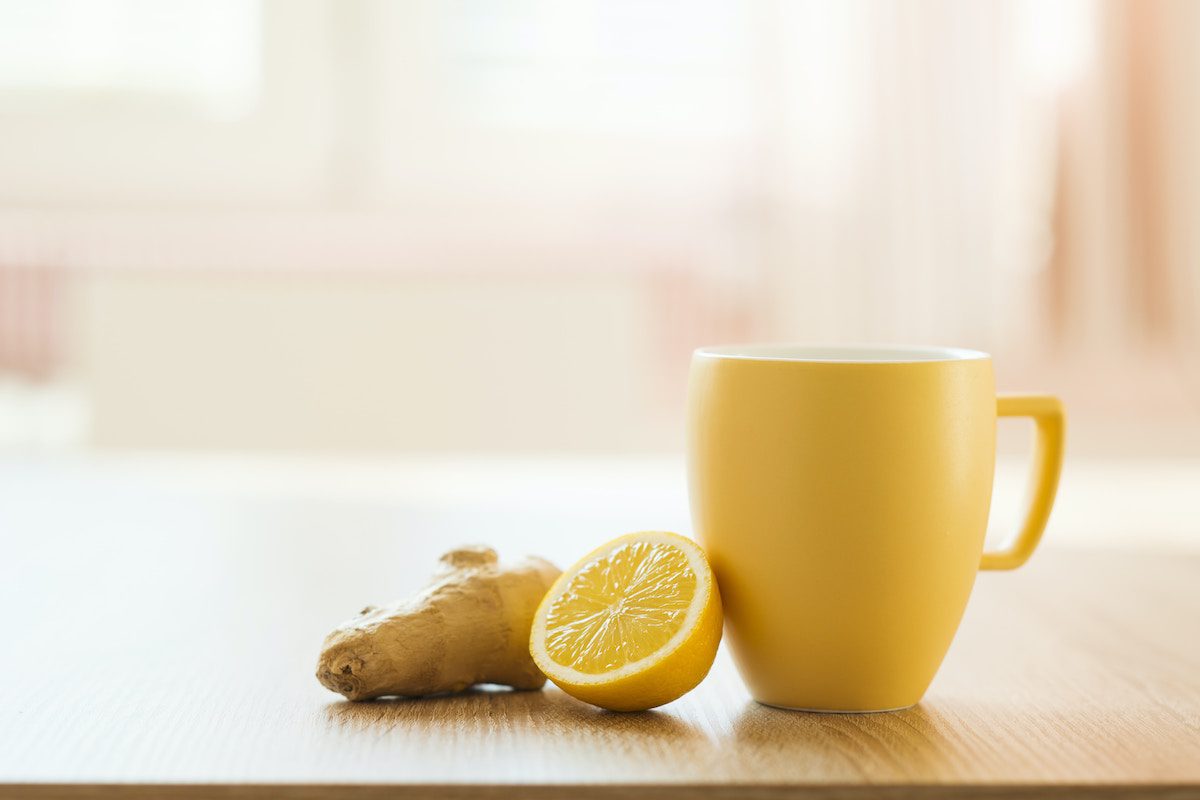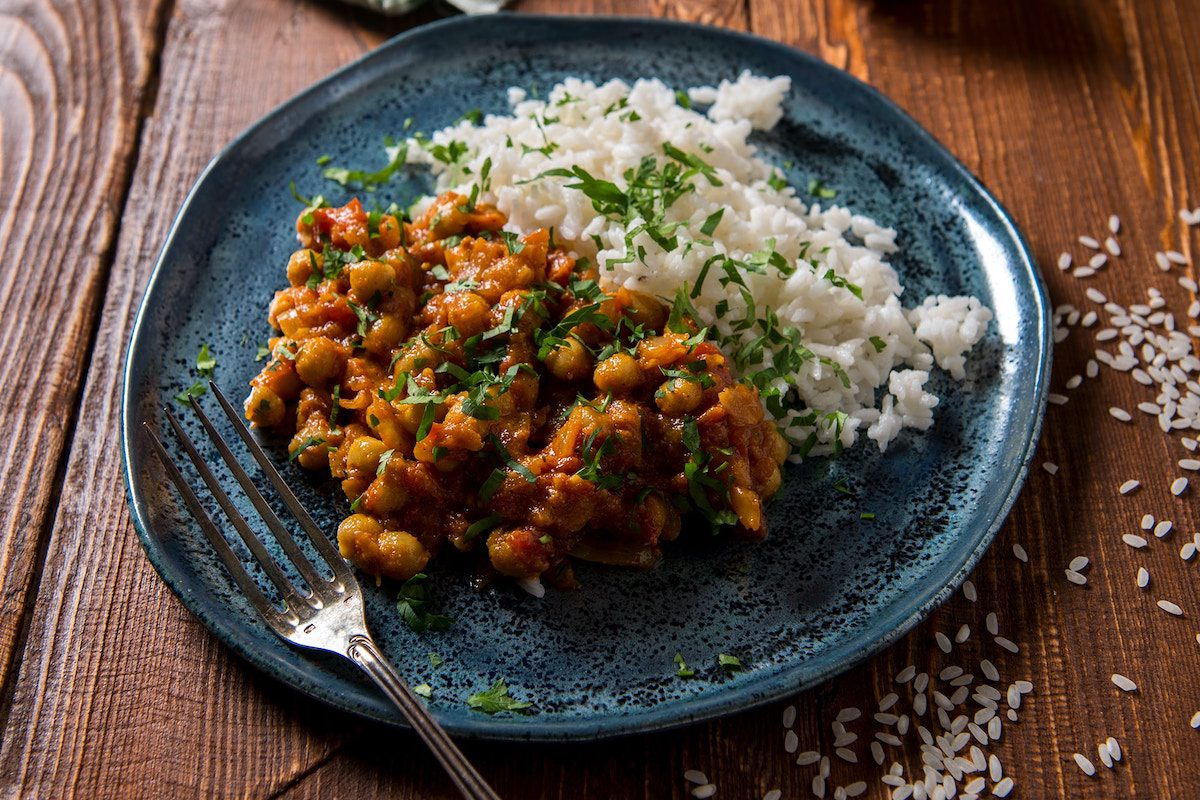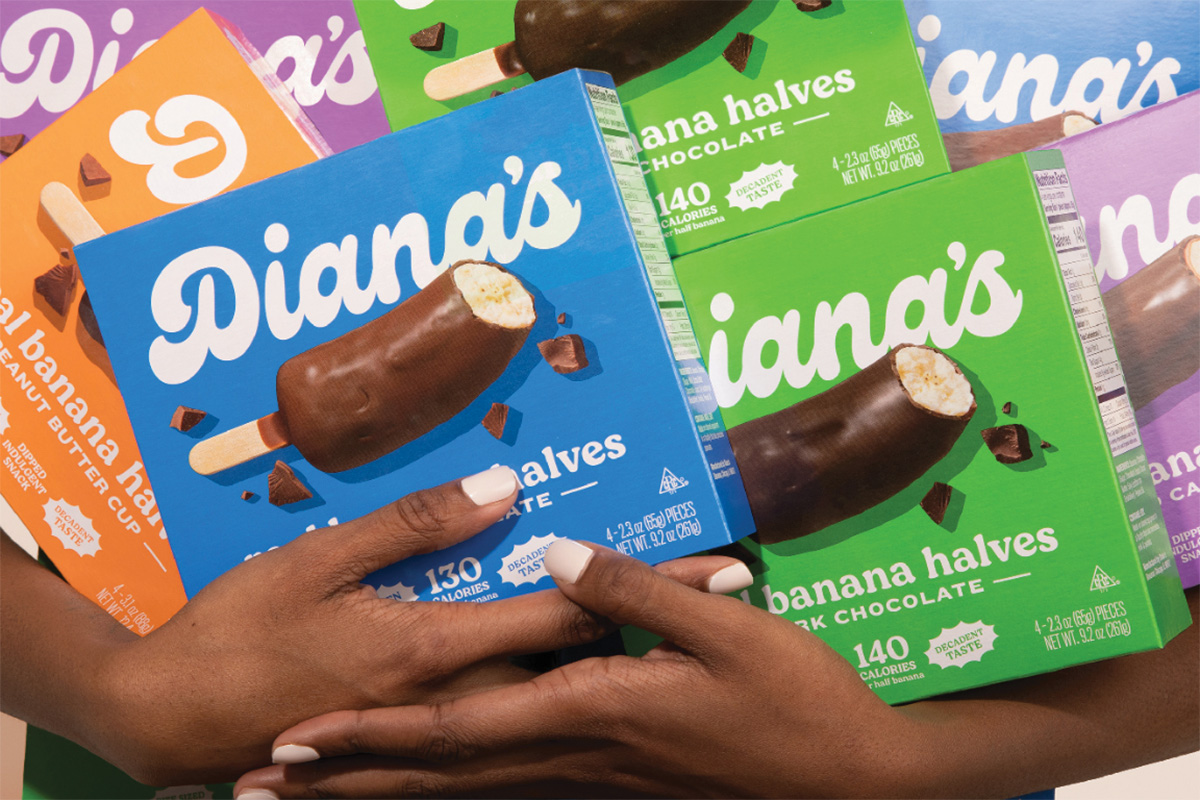Your How-to Guide for Clean Eating
With the multitudes of fad diets that appear and fade before we’ve even prepared our next grocery list, it’s normal to be skeptical of new diet crazes. However, unlike many that have come and passed, “clean eating,” though criticized by some, simply makes sense.
Clean eating is not exactly a diet. It’s more accurately categorized as a lifestyle. Essentially, eating clean means avoiding foods that have unrecognizable ingredients, such as those commonly found in processed foods or those containing a high amount of preservatives. The main principle of clean eating is to replace processed foods with fresh and natural foods, meaning foods without any added ingredients or anything valuable taken out, according to CNN.
Unlike many other diets that focus on cutting out entire food groups or minimizing fat intake, clean eating focuses on the quality of food first, and not letting bolded typeface stating “fat free,” “reduced fat” or “zero carbs” fool you into believing processed food is healthy.
Today, clean eating is a major movement that appeals to people of all walks of life. Grocery chains like Whole Foods and other health foods stores cater to consumers who seek healthy, organic foods and natural ingredients. They design their marketing strategies around clean eating: Whole Foods’ first item on its list of core values is “Selling the highest quality natural and organic products available,” and one of its most recent marketing campaigns included posters in its stores that read, “Eat like an idealist.”
Indeed, many critics would call a “clean eating” lifestyle idealistic. According to CNN, the removal of processed foods and products heavy in preservatives from some grocery stores’ shelves was considered controversial when it was first introduced nearly two decades ago — would consumers really prioritize buying bread that gets hard or moldy within a few days to avoid the chemicals they’d likely previously been ingesting their entire lives?
Furthermore, how would this affect grocers’ costs, who they partnered with, purchased food from and new prices? These were all questions grocery stores had to answer when deciding whether to adopt — either entirely, partially or not at all — foods that satisfy clean eating lifestyles.
Despite the criticism, eating clean is generally a smart idea. While it is unnecessary to cut out processed foods completely (everything is OK in moderation), sticking to a natural diet is a sure way to consume nutrient-dense foods and avoid artificial ingredients.
Here are 10 tips for shopping, cooking and eating clean.
- According to Fitness Magazine, when shopping for clean foods, look for items that have few ingredients on the label, if they have a label at all.
- A good place to start shopping is around the perimeter of the grocery store, where shops usually place their fruit, vegetables and meat and fish counters.
- When browsing through the aisles for packaged food, check the labels and skip over items that contain lots of unrecognizable ingredients. Avoid additives, such as artificial coloring and flavors.
- According to Michael Pollan, author of Food Rules, clean eating means not consuming anything with more than five ingredients or ingredients with names you can’t pronounce.
- While some foods lose nutrients as they are cooked, other nutrients are increased when they are cooked, such as lycopene, so it is best to eat a variety of foods, both raw and cooked, according to Fitness Magazine. When cooking, the goal should be maintaining the integrity of the food, as well as avoiding high-fat methods of cooking, such as deep-frying or stewing in animal or vegetable fats.
- Cooking methods that cohere with a clean eating lifestyle include flash-cook methods, such as stir-frying, and ones that don’t require any additives, like steaming.
- Raw is best for fruits and vegetables in terms of preserving nutritional value, according to Fitness Magazine.
- Cut down on saturated fats. While you don’t need to cut out fats completely when practicing clean eating, it’s important to make sure your fat intake is coming from monounsaturated fats, such as the kind found in olive, oil, canola oil and fatty fish and nuts, according to Eating Well. Monounsaturated fats are beneficial to your heart and can help raise good cholesterol, while saturated fats are associated with higher risk for heart disease and bad cholesterol.
- Reduce your alcohol intake. Some alcohol is OK, but eating clean means staying within the recommended limited: one drink per day for women and two for men. In moderation, alcohol consumption may even have some health benefits, but too much adds excess calories to your diet and dehydrates you, according to Eating Well.
- Don’t eat anything that won’t eventually rot, Pollan said. While there are some exceptions to this rule, such as honey, for the most part, foods that never go bad can be filed into the Twinkie (AKA, the no-no) category. Don’t buy your food where you buy your gasoline, Pollan suggests.
What’s one thing you’d do to eat cleaner?













